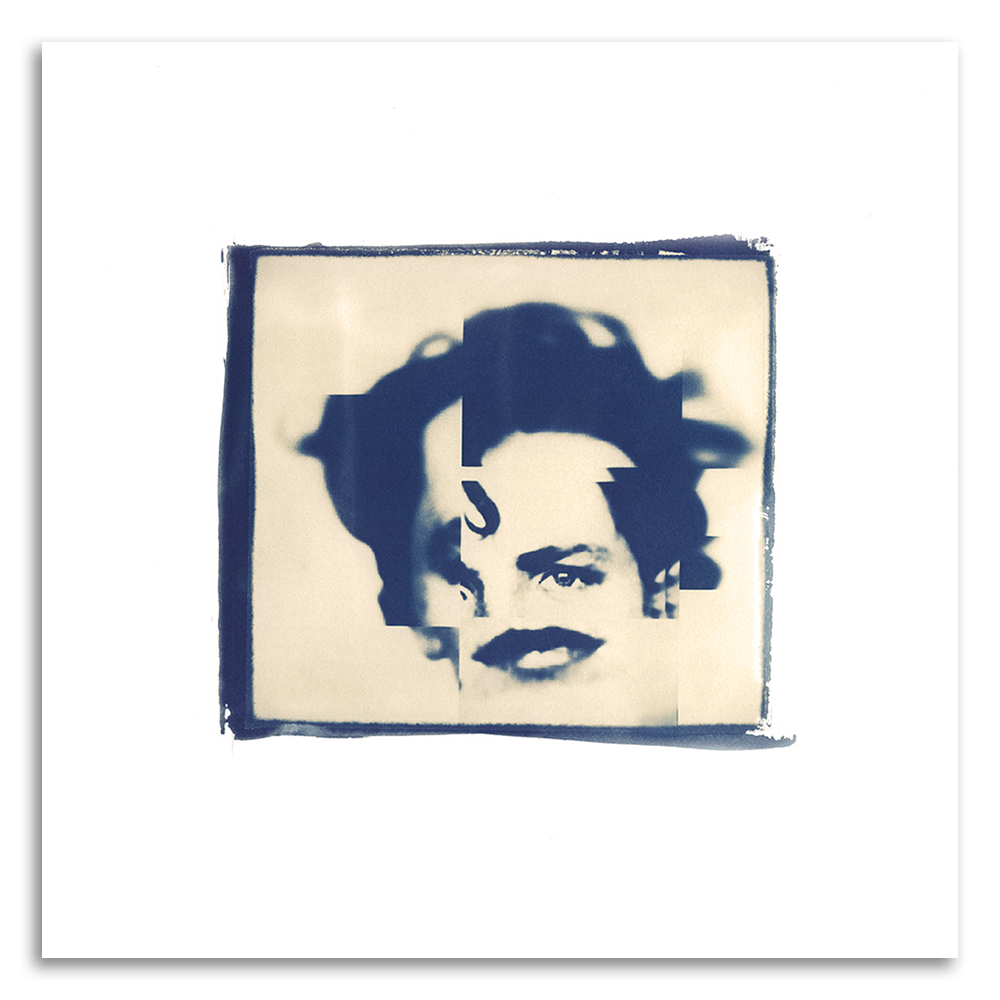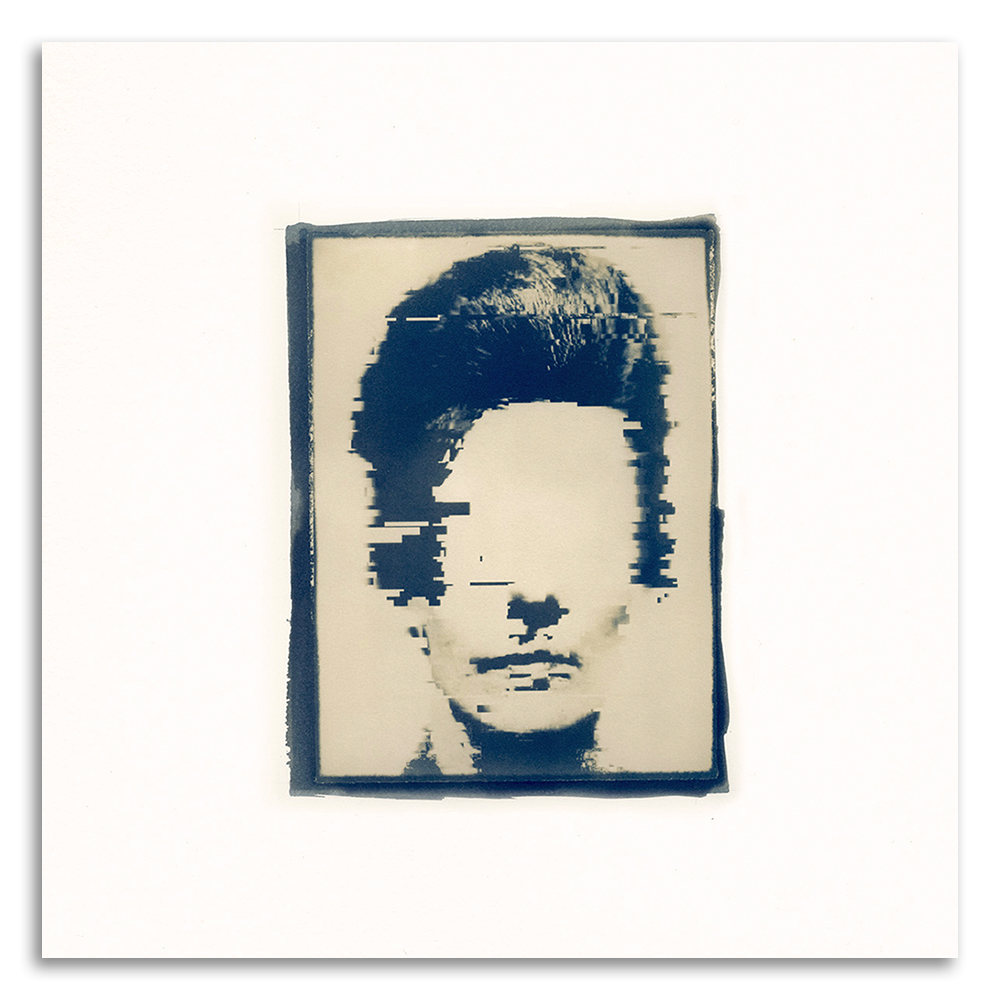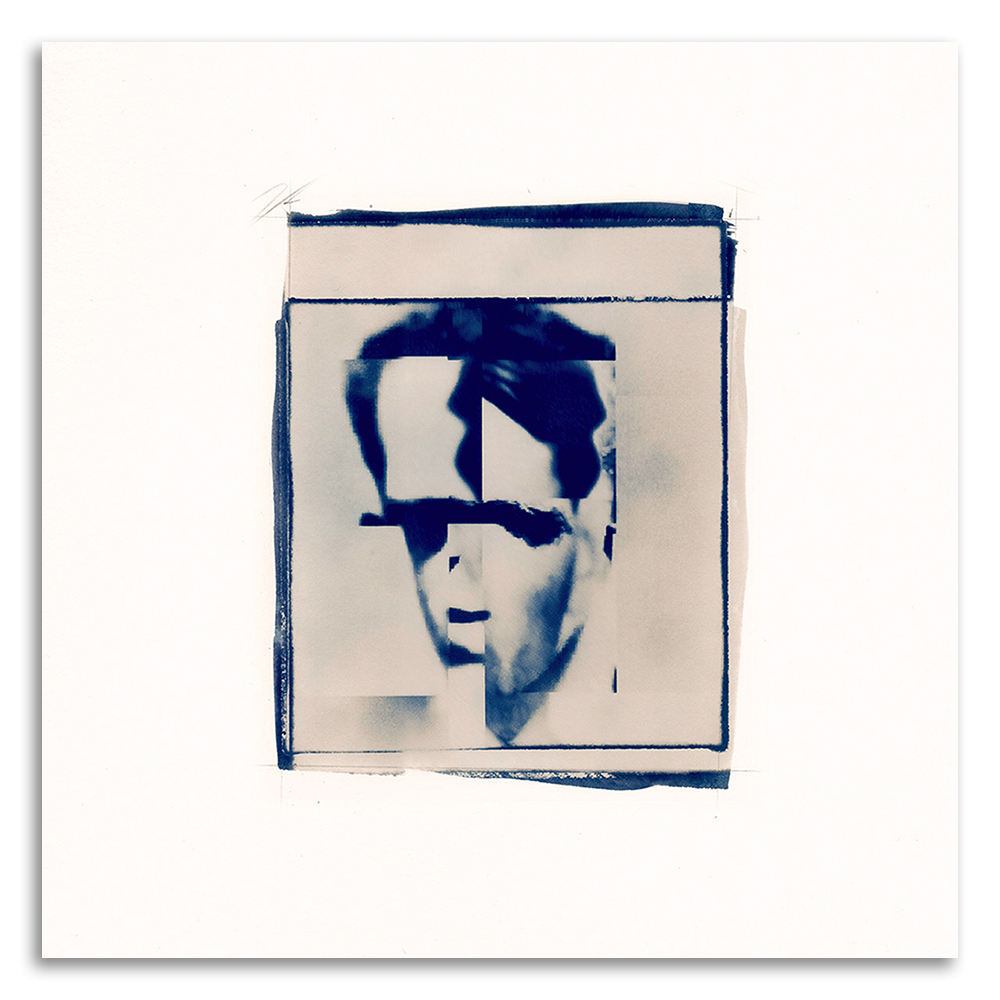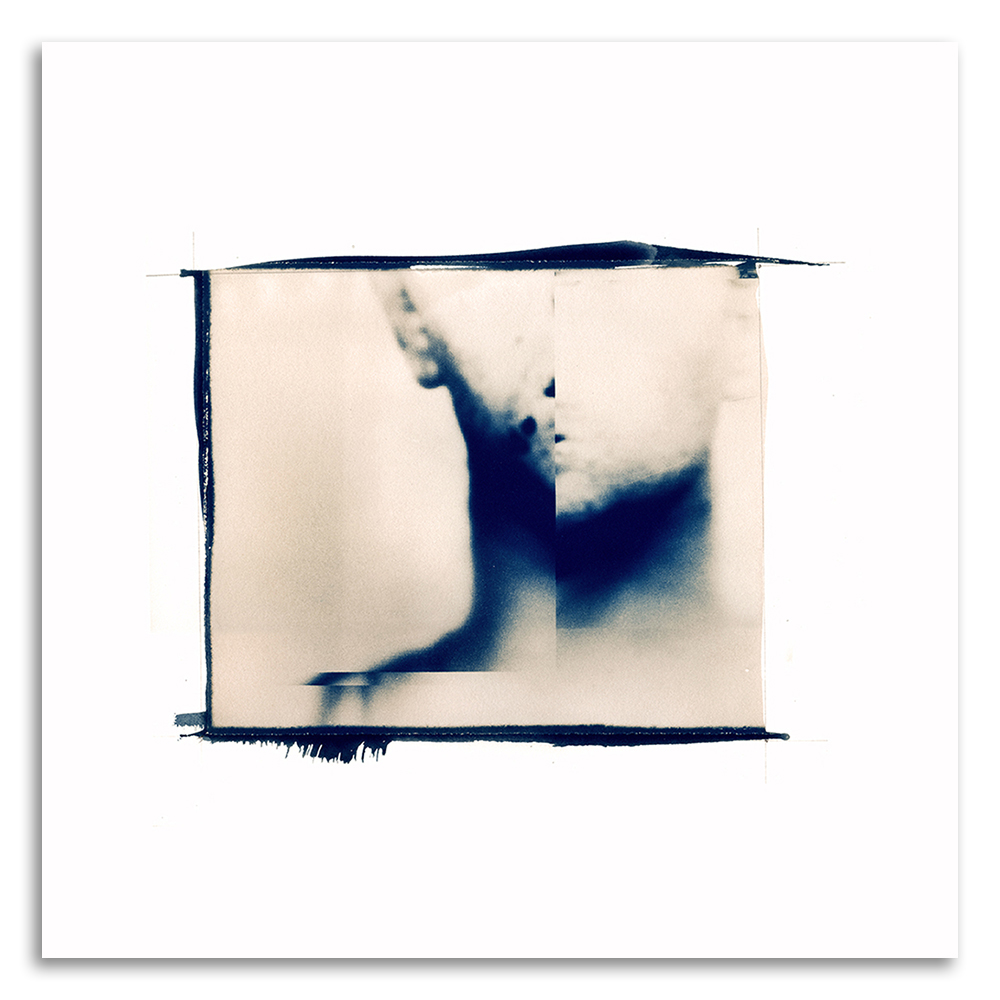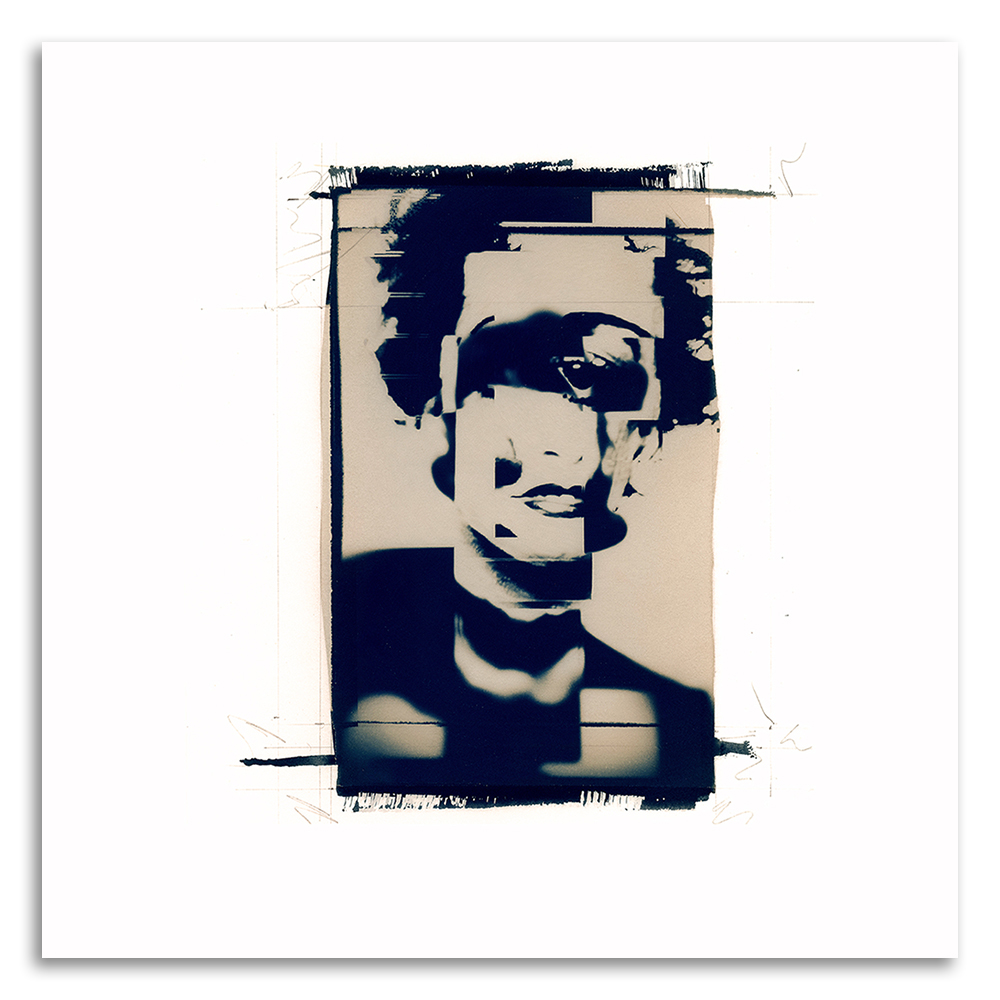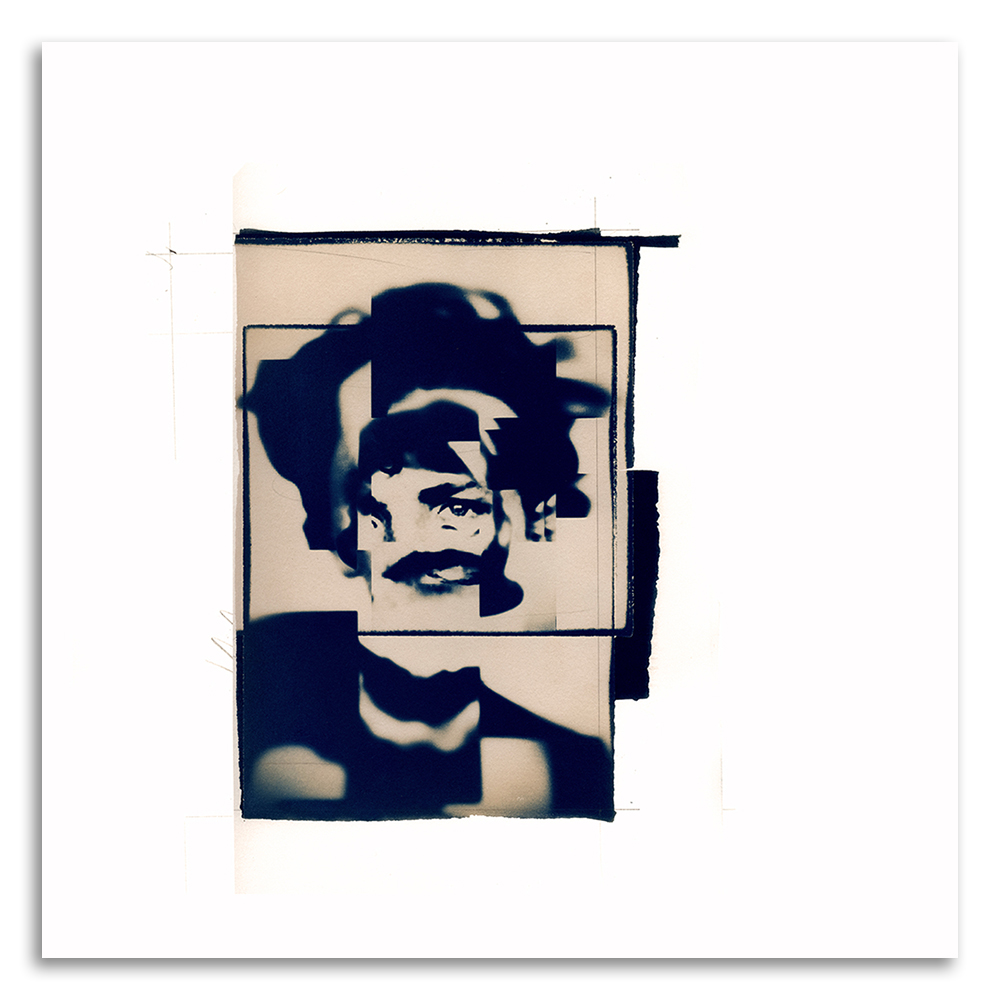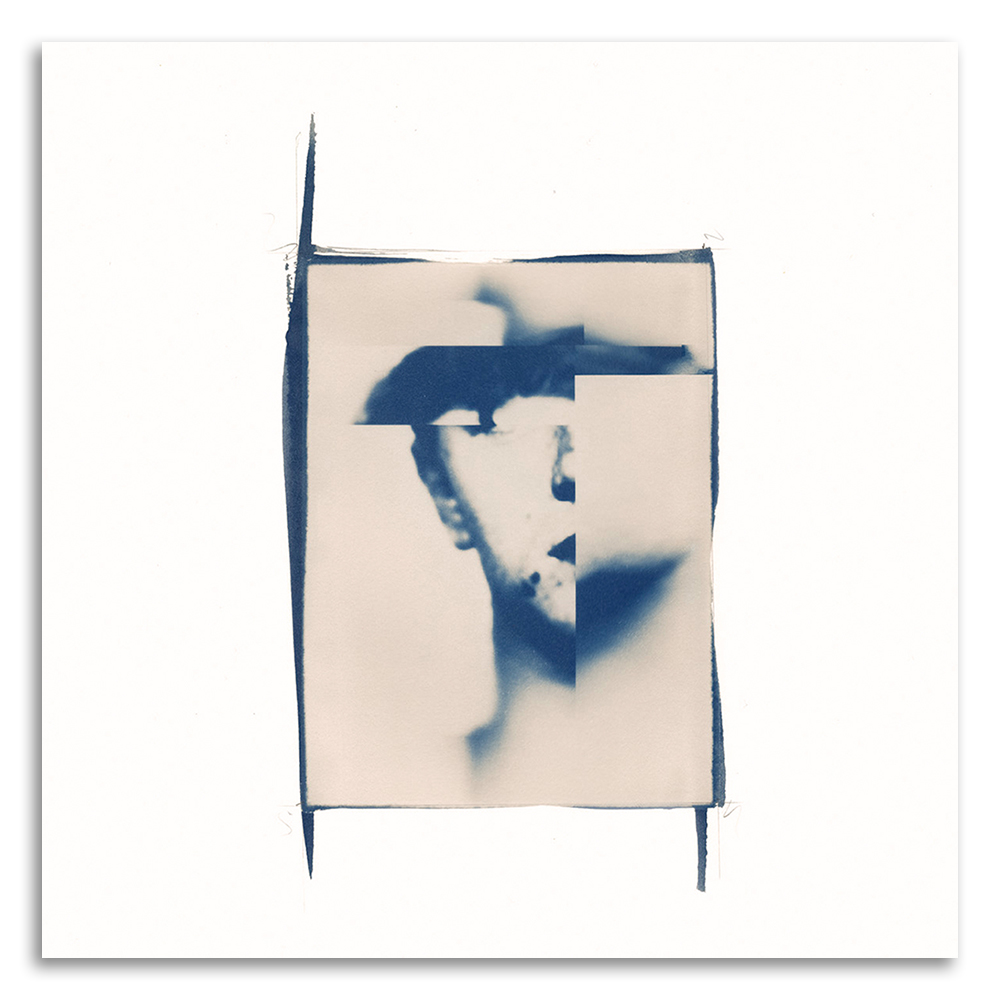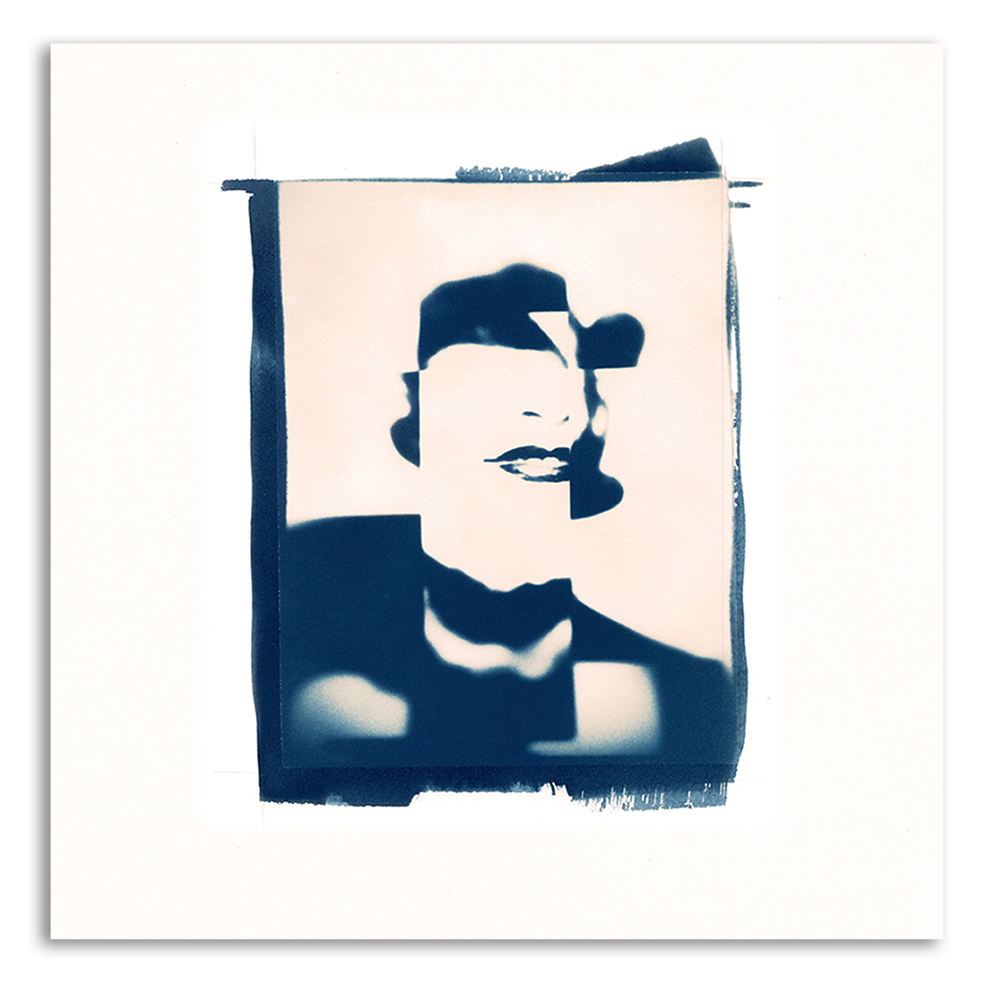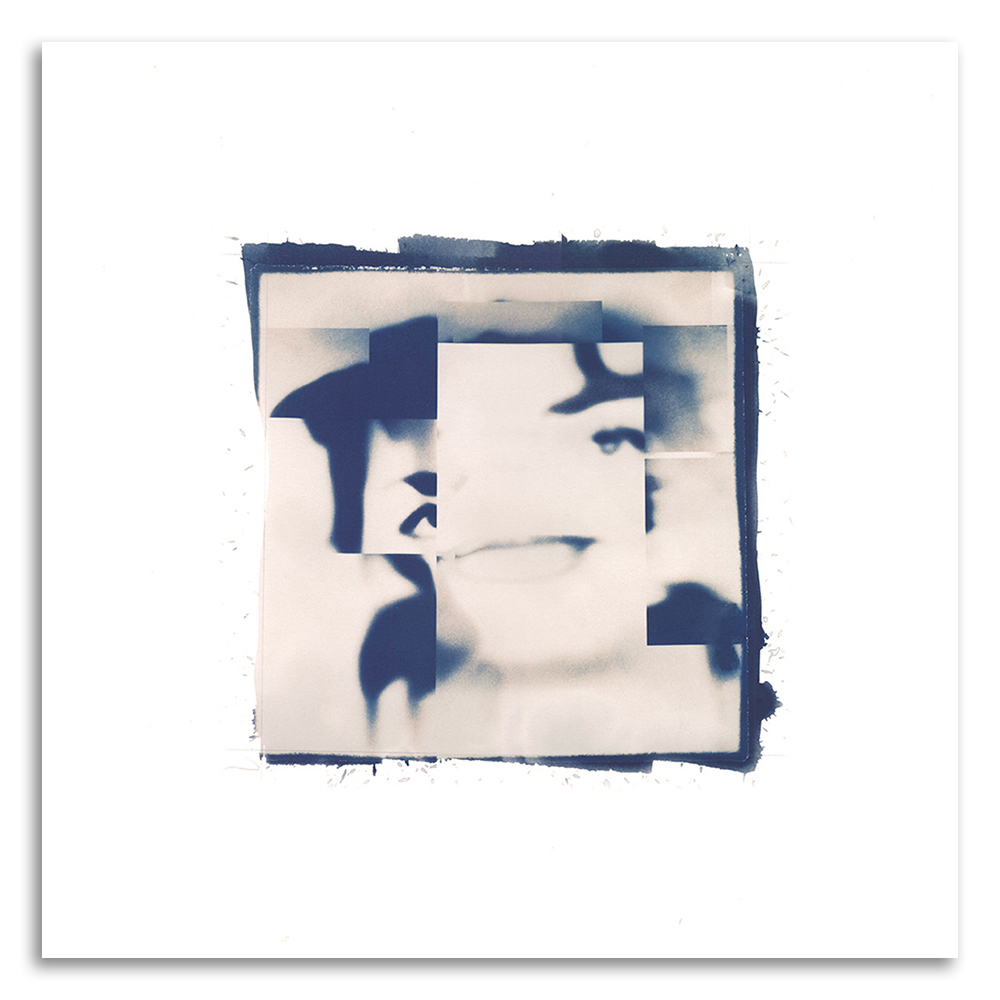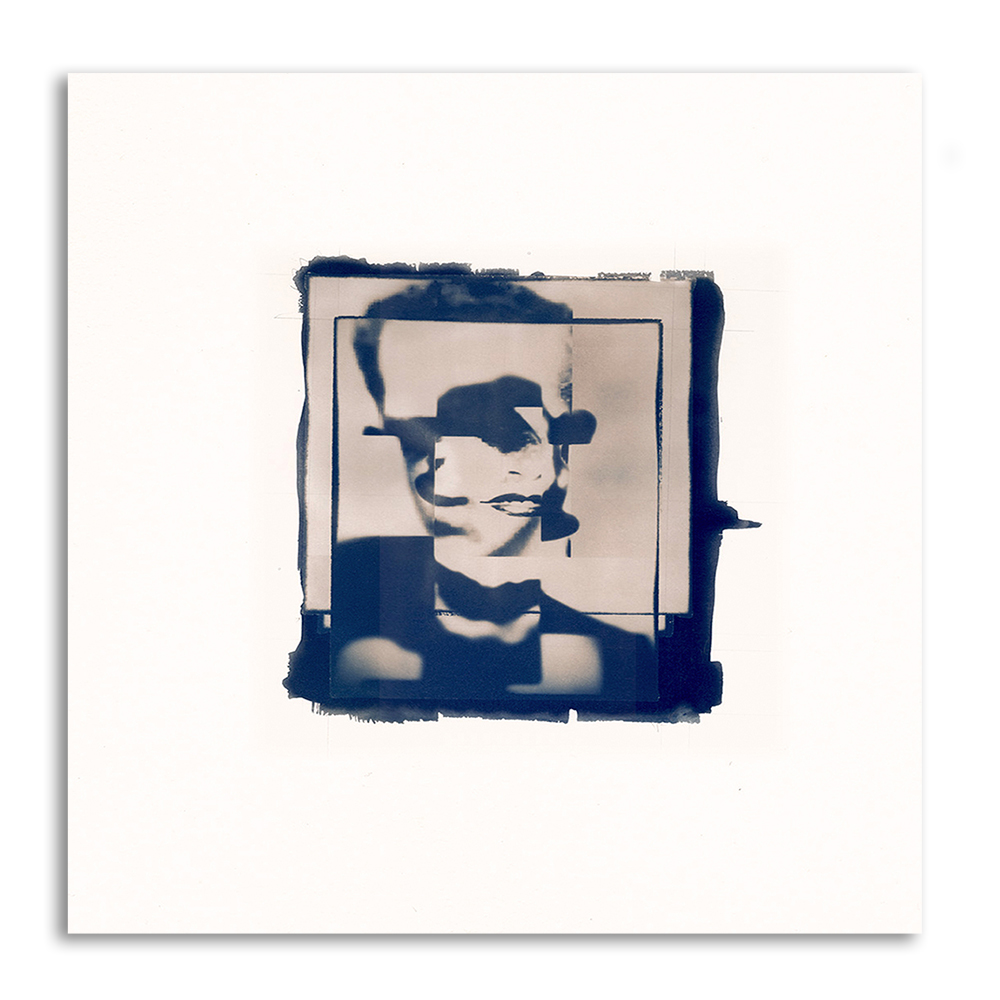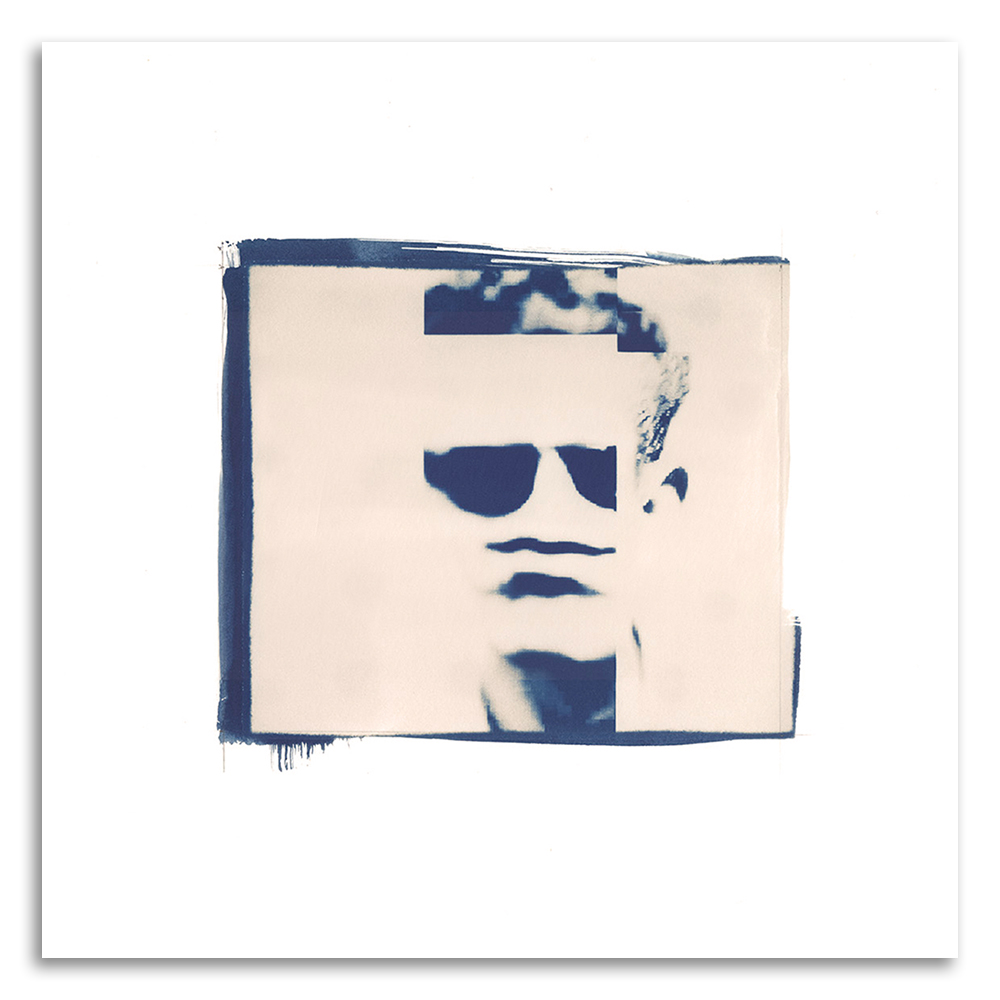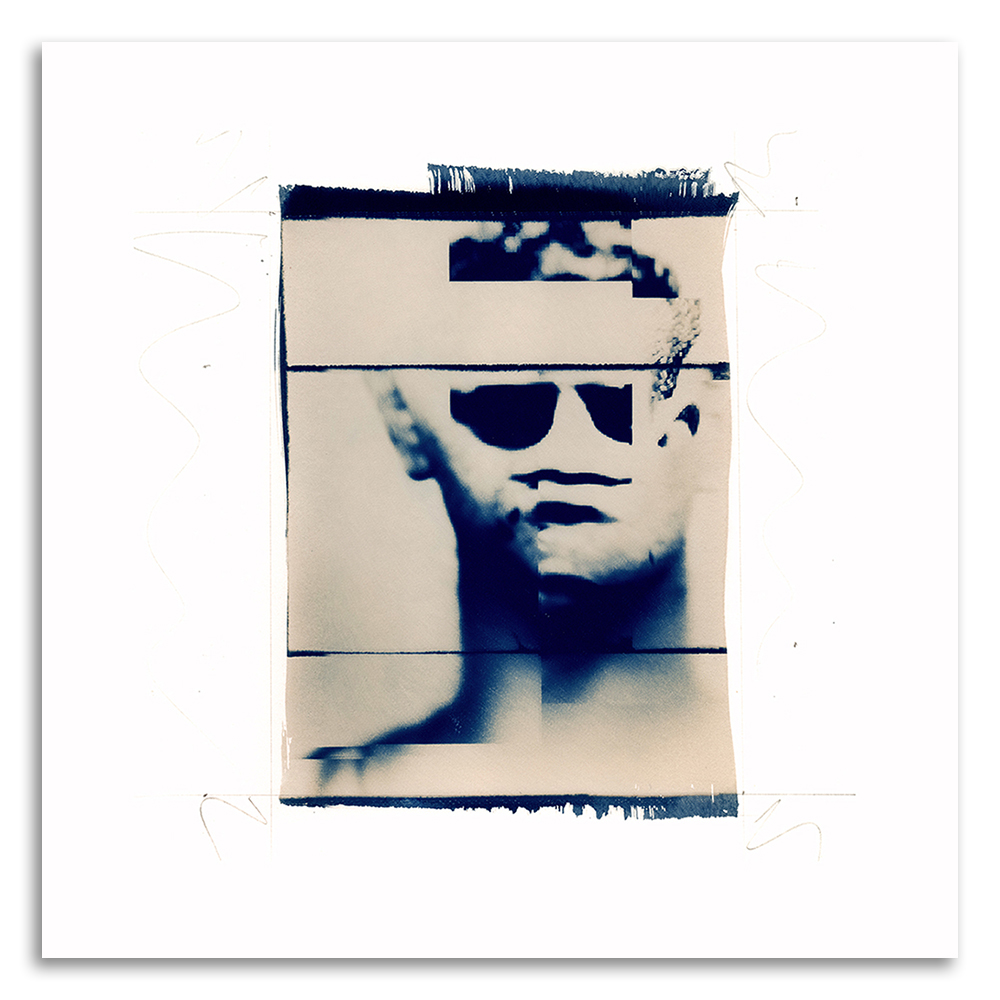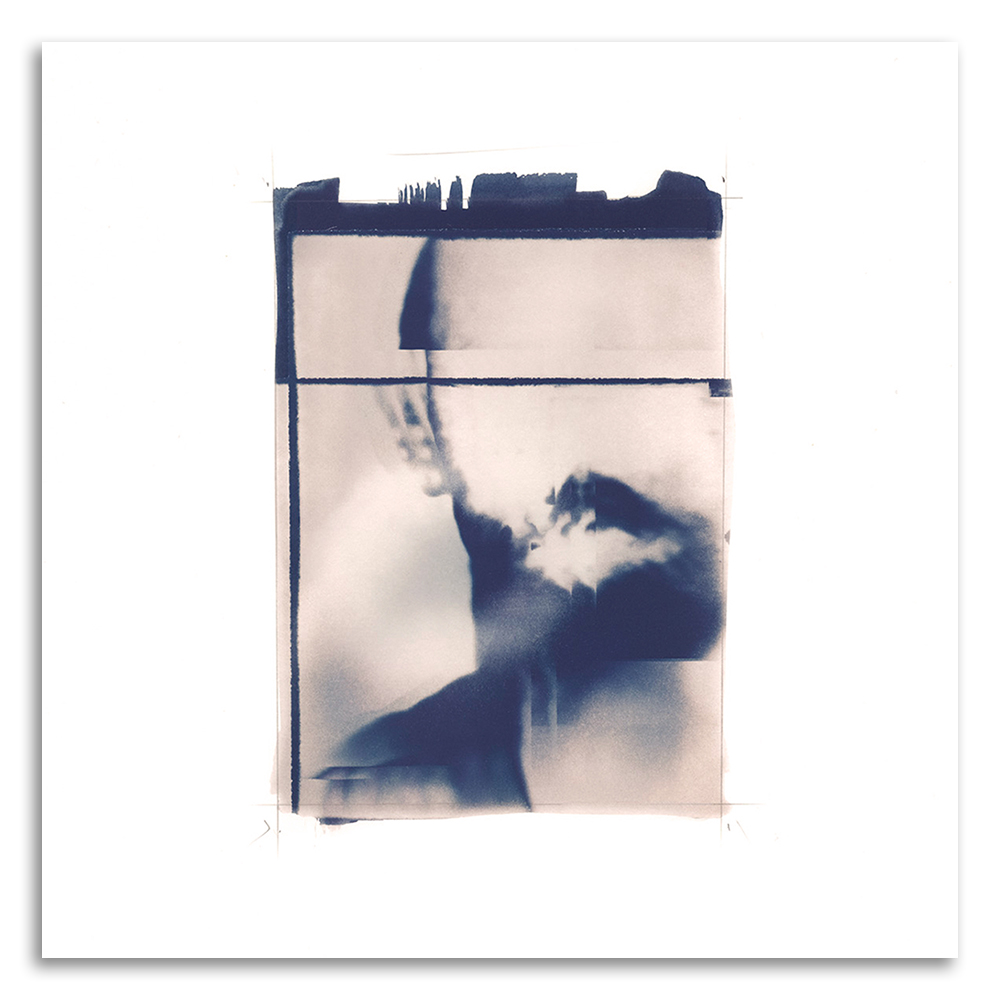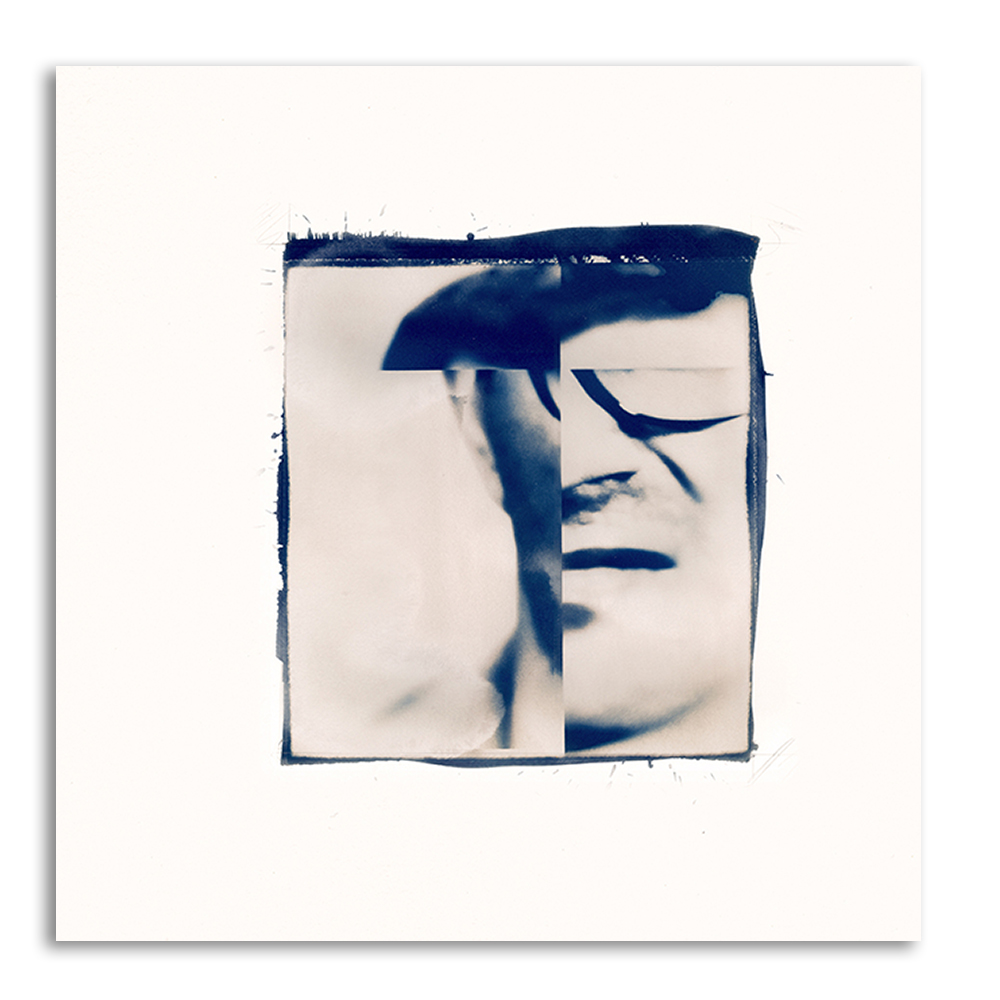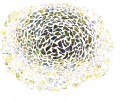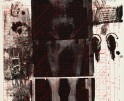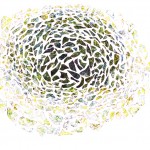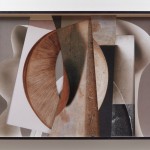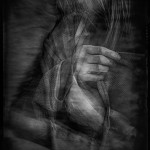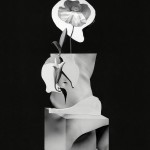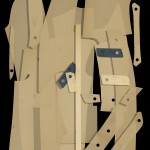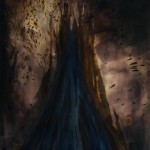Art + Science: Art of Healing: J. Fredric May
J. Fredric May is a visual artist based in Los Angeles, CA. His life course changed in 2012 after he suffered a stroke. In addition to 46 percent loss of vision, he experienced lucid visual hallucinations, sometimes appearing in the form of lights, shapes, geometric figures or as the image of a recognizable object. Yet, instead of dwelling on the negative, May embraced this phenomenon and focused his unique visual perception toward creative explorations. The result is the series of photographs Apparition: Postcards from Eye See You.
I am a former photojournalist and filmmaker. During open heart surgery in 2012, I suffered a major stroke leaving me legally blind and subject to vivid, visual hallucinations. This life event changed my artistic vision, opening up an entirely new visual style.
With profound curiosity and a life-long habit of experimentation, I picked up my iPad and started to explore. Because I was raised by inventors and engineers, I embraced regeneration as a way of life, so I focused my limited attention on what could be invented and created.
It wasn’t until years later that I learned from neurologists and neuroscientists that my stroke allowed subconscious imagery to reach my conscious awareness. Taking those facial fragments that filled half of my lost visual field and utilizing imaging software that corrupts visual data, I was effectively able to replicate what was happening with information within my own brain.- J. Fredric May
After winning critical acclaim in Photolucida’s Critical Mass and LensCulture’s Emerging Talent, J. Fredric May’s latest series, Apparition: Postcards From Eye See You, based on the visual hallucinations May experienced after suffering a stroke and losing half of his vision, broke out in 2018 with 3 solo shows, 8 group shows, took the Grand Prize at FOCUS photo la, won the Merit Award at all-about Photo and took home the Jane Friend Award from the Brand Library & Art Center.
Prior to this project, May made his living as a photojournalist and filmmaker winning Telly and Cine Awards for his industrial film work.
Interview with J. Fredric May:
LA: Are you emulating your vision, or a part of it, to envision the fragments you see in your mind?
JFM: In my series of apparitions I am emulating my visual hallucinations caused by my visual loss along with using a certain amount of artistic license. The name of the condition is called Charles Bonnet Syndrome. Just to give you more clarity–my type of blindness is called homonymous hemianopsia. 46 percent of my vision is gone. It is on the right side of both eyes. I am considered legally blind. I can’t drive.
LA: Does this fragmentation inhibit you from carrying out activities that you used to do prior to your stroke?
JFM: The hallucinations themselves were never debilitating in any way, nor were they scary. I was fascinated by them. More than anything, the hallucinations became a part of my rehabilitation in an inquisitive and artistic process. I say that because that is true–but in terms of activities being inhibited after the stroke – yes, definitely. Homonymous hemianopsia is an incredibly deceiving type of blindness. I thought I could still see. I thought I could still do production work (Lisa and I had a production company). It became harder and harder. In 2015 I had a second stroke which affected short term memory and problems with parallax, and I knew my days doing video production were over. But here was the cool part – even though I was trying to keep up with my old career and not doing so great, at that same time from 2012 to 2015, I was playing on my old iPad altering different types of imagery many different apps. It wasn’t until after my 2015 stroke that I looked back at the images in Lightroom and saw a resemblance to the facial hallucinations I originally saw. When I scrolled fast through the files, the images animated just like I had experienced them. I began to see the apparitions as a possible body of work. Neurology and neuroscience professionals have since explained to me how the project literally started in my subconscious when the brain started forging new pathways – also known as neuroplasticity.
LA: Are you still seeing the fragments now or are they dissipating?
JFM: I only saw the facial fragment hallucinations during the first 18 months of recovery. My hallucinations have changed to where I see more groups of people, for example, bikers, skateboarders, Marti Gras band members, but they are dissipating.
LA: How do you see your work evolving after this series?
JFM: Apparition: Postcards from Eye See You is not complete yet as I am still in the darkroom printing. In terms of evolving, my work is now centered around the subconscious memory and how we see with the brain. This intersection of neuroscience and art, how we mentally image everything from memory, has become endlessly fascinating for me.
Posts on Lenscratch may not be reproduced without the permission of the Lenscratch staff and the photographer.
Recommended
-
The Female Gaze: Alysia Macaulay – Forms Uniquely Her OwnDecember 17th, 2025
-
Bill Armstrong: All A Blur: Photographs from the Infinity SeriesNovember 17th, 2025
-
Robert Rauschenberg at Gemini G.E.LOctober 18th, 2025
-
Erin Shirreff: Permanent DraftsAugust 24th, 2025
-
Shelagh Howard: The Secret KeepersJuly 7th, 2025

